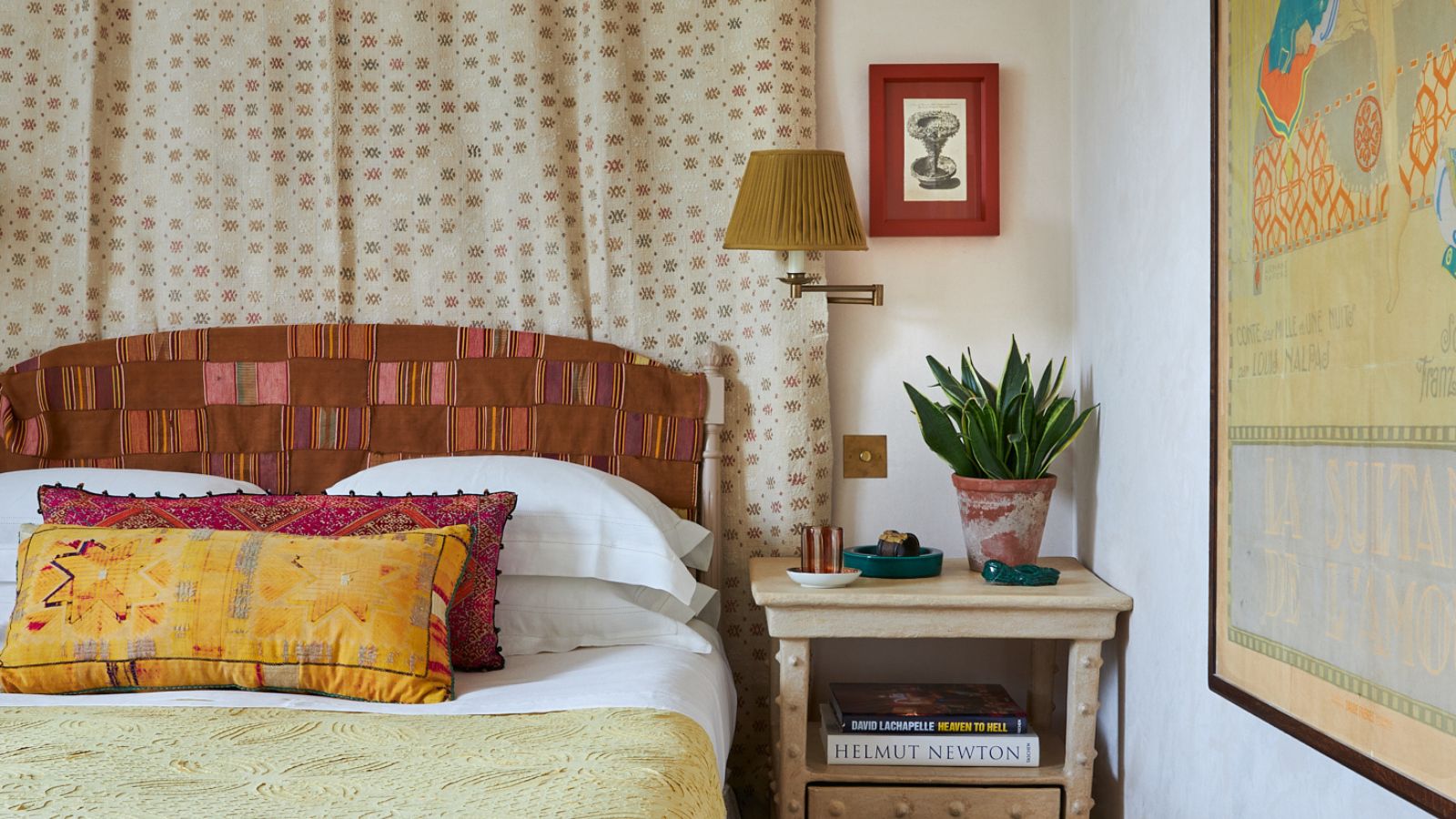
One of the biggest roadblocks people encounter when decluttering is decision fatigue. That’s where the one-emotion decluttering method comes in to save the day.
This method has you focusing on what you feel when you pick up an object, be it good or bad, and using that to easily decide what to do with it.
Here, professional home organizers explain how to best use this decluttering method to clarify the clutter-cutting process, and I gave it a go in my bedroom.
What is the one-emotion decluttering method?
Orna Fathers, founder, lead designer, and home organization specialist at Grace This Space Interiors explains, ‘The one-emotion approach, where you pick up an item and gauge your immediate emotional response, offers a simple but effective way to cut through mental clutter and make quick, intuitive decisions.
‘As an interior designer and professional home organizer who works with families every day, I’ve found that emotion-based decluttering methods can be incredibly powerful, especially for those who are struggling to declutter a home when overwhelmed or can’t decide what to declutter.'
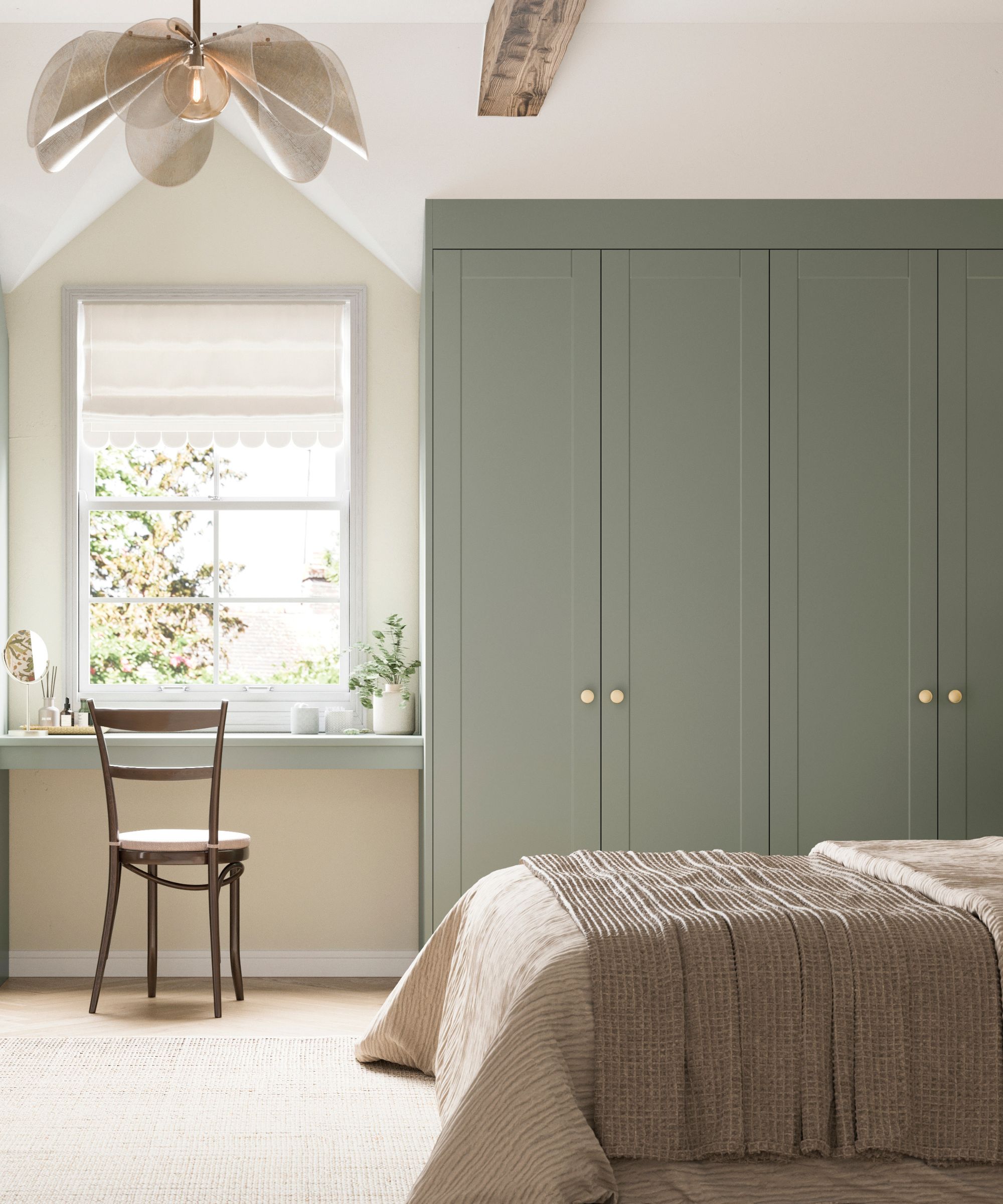
The great thing about this approach is that it can be used to declutter ruthlessly, helping you to make quick decisions as with the five-second decluttering rule.
You can also use it to guide slow decluttering, turning the process into a mindfulness task where you evaluate why you felt that first emotion – be it joy, guilt, or indifference – and what that means for the future of the item.
For example, if you feel guilty when you first pick up a top from your closet, you can take that at face value and quickly donate it, or you can assess why you feel guilty. Is it that you did not wear it, or that it no longer fits you? Could this then be an item to get rid of, or an item you make a conscious effort to wear again?
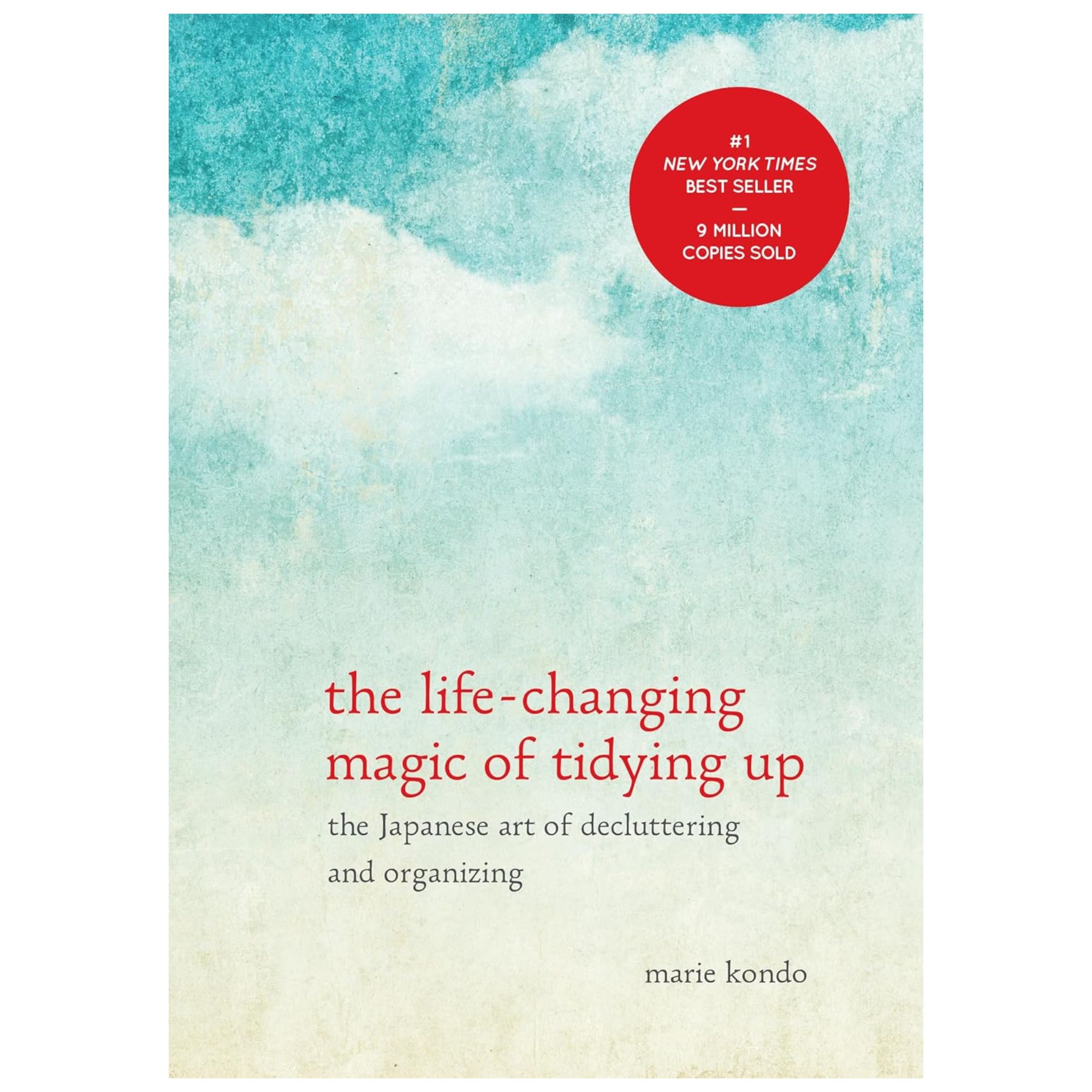
This bestselling book packs so much information into a mere 200 pages, in a readable and digestible format that's accessible to all readers of all ages.
Orna continues, ‘Decluttering based on your first emotional reaction can be surprisingly freeing, especially when you stop trying to rationalize every object and start trusting your instincts.
In my experience, when you pair emotional awareness with gentle structure, decluttering becomes not just easier, but deeply personal and even healing. It’s not just about what you let go of, but what you choose to keep and why.’
Who it works best for
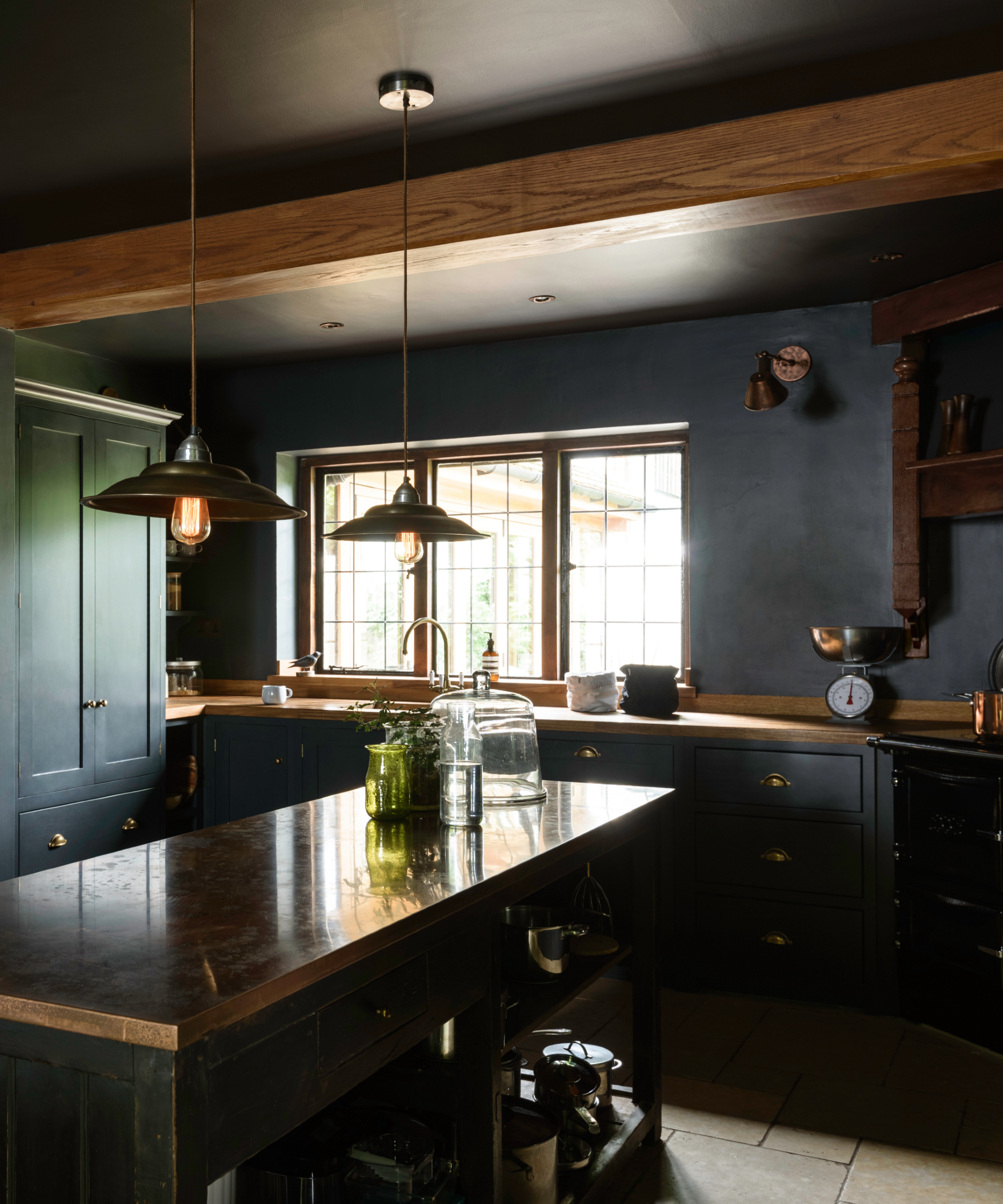
Similar to the value-based organizing method, this approach works best for people who have previously been stuck in a cycle of ‘what ifs’, helping to make letting go of stuff easier.
Helen Youn, master KonMari consultant, explains, ‘This shift in thinking works really well for people who have previously had trouble letting go because instead of thinking about choosing what to discard, you shift to thinking about choosing what to keep in your life.
‘When you choose what to discard, people tend to think about whether the item is still useful, how much money they spent on it, or if they might need it one day. When you start thinking this way and keep too many "what if" items, it's easy for things to accumulate, and that's why you need to declutter in the first place.
‘Once you shift into choosing what items to keep in your life, you start focusing on your own joy and which items you need to support you to live your ideal life. Instead of keeping a clothing item simply because it still fits and is in good condition, you only keep the ones that make you feel amazing when you wear them.’
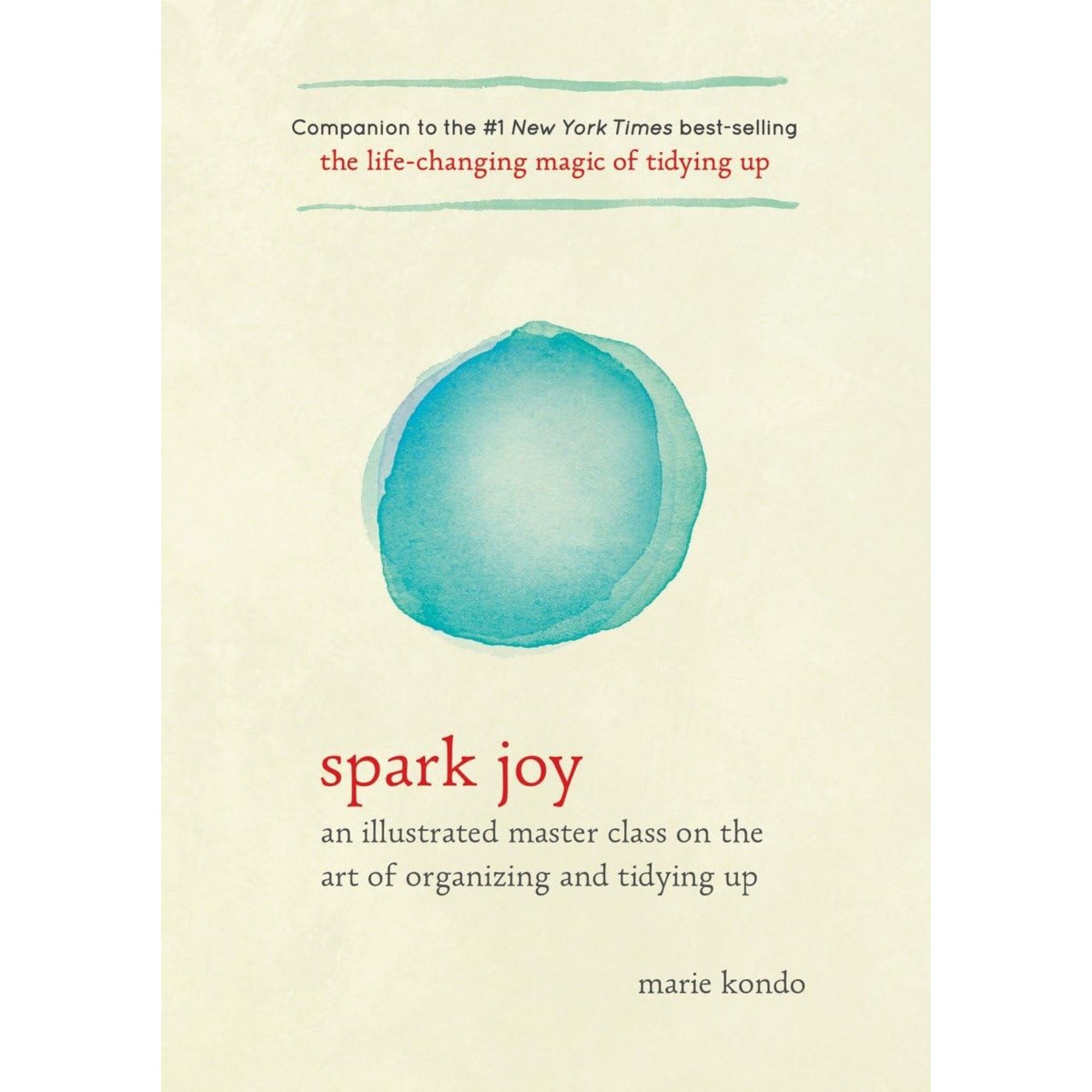
This book comes complete with helpful illustrations for step-by-step folding instructions and drawings of dreamily organized drawers and closets.
The one emotion decluttering method can also help when tackling the things it feels illegal to declutter, such as decluttering sentimental items.
Orna shares, ‘I’ve seen this method work best for clients who tend to overthink their belongings. For people who hold onto items out of guilt or obligation, not because they genuinely love or need them.
'One client, for example, had a drawer full of baby clothes long after her children had outgrown them. The moment she picked up a onesie and felt a wave of sadness and guilt, we talked it through, and she realized she wasn’t honoring the memories by keeping everything. Instead, she chose three special pieces to frame in a shadow box and let the rest go.
‘Another client was keeping gifts from his wife, and we discussed how thoughtful it was that she showed her love in this way. He came to the conclusion that he didn't need to keep all the gifts to honor this love. That kind of clarity is what this method can bring.’
I tried it

Given that I spend most of my decluttering efforts on my closet, I had certainly started to spot the signs that there was too much stuff in the bedroom. As the clutter built up, I started to put it off, making the whole ordeal too hard to go through.
So, I decided to pair this one emotion decluttering method with the ski slope organizing method to help clear visual clutter in a bedroom.
Starting in the furthest corner from the door, I started with my catch-all woven belly basket, similar to this one from Walmart, which housed a mishmash of items that I always promised myself I would ‘deal with later’.
While some items were genuine essentials that simply needed putting away, there were other items in there, such as my old swimming gear, that I hadn’t touched in years.
The first emotion I felt when I picked it up? Dejection. Having previously been a competitive swimmer, a chronic illness diagnosis later in life meant that I had to hang up my swimming goggles, but I had held onto the stuff anyway.
Given that this first emotion was overwhelmingly negative, I decided the stuff needed to go, as it no longer served me to hold onto it.
I kept one swimsuit and one set of goggles for any future beach days or water parks, but the rest of it went in my folding laundry basket (also from Walmart) to be decluttered.
I worked around the room, moving back and forth, repeating the process, and found myself moving a lot quicker than usual as I spent less time debating each item.
There were some items, however, that I found myself hesitating on. According to Orna, however, this is completely natural.
She explains, ‘It’s important to create space for grace in this process. Not every emotional reaction is black-and-white, and some items deserve a second pass after the initial wave of feeling.
'I always tell clients: if you're unsure, set the item aside and revisit it later with fresh eyes. This gives your more thoughtful side a chance to weigh in without losing the value of your gut instinct.’
This is also a great way to avoid declutter regret.
All in all, it was a nice departure from the usual detached approach I usually take to decluttering, where I try to switch off my emotional brain to think practically. The result was me finally tackling stuff that had otherwise been collecting physical and emotional dust.
What to shop

A folding laundry basket is one of my favorite decluttering tools. It can conveniently stow all the items I need to move elsewhere in my home, or need to declutter, and folds away when not in use, so I am less likely to allow things to pile up in between decluttering sessions.
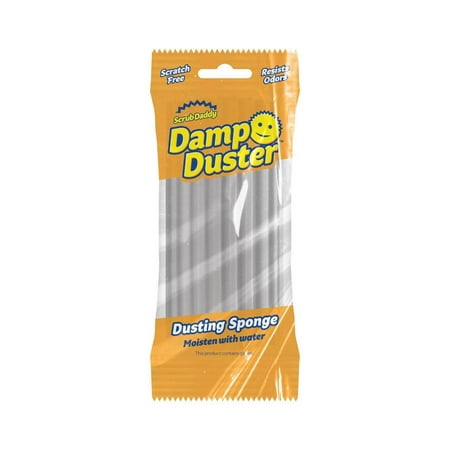
The one emotion decluttering method encourages you to tackle items and areas you usually neglect. While you're there, take the opportunity to dust and clean, killing two birds with one stone.

Baskets are the best go-to for creating drop zones. Be they in your bedroom, entryway, living room, or hallway, they can quickly corral clutter, making it easier to put items away when it gets full.
FAQs
How do you declutter items with strong emotional connections?
When decluttering items that give you strong emotions, whether that is sentimental or negative, it can sometimes help to declutter with a friend or family member who can help you feel more secure about the decision.
It may also help to take photos of the item to remember it by, without it taking up physical space in your home.
How do you drastically declutter?
One of the best ways to declutter drastically is to do so in short bursts. The Pomodoro Technique is a good option for this, where you declutter for 25 minutes and then rest for five minutes, repeating the cycle four times. This helps you to maintain your energy and prevents you from feeling overwhelmed.
Meet the experts
Fancy a slower-paced approach to decluttering that maintains the simplified thought process? Consider the Dot and Ditch decluttering method instead.







